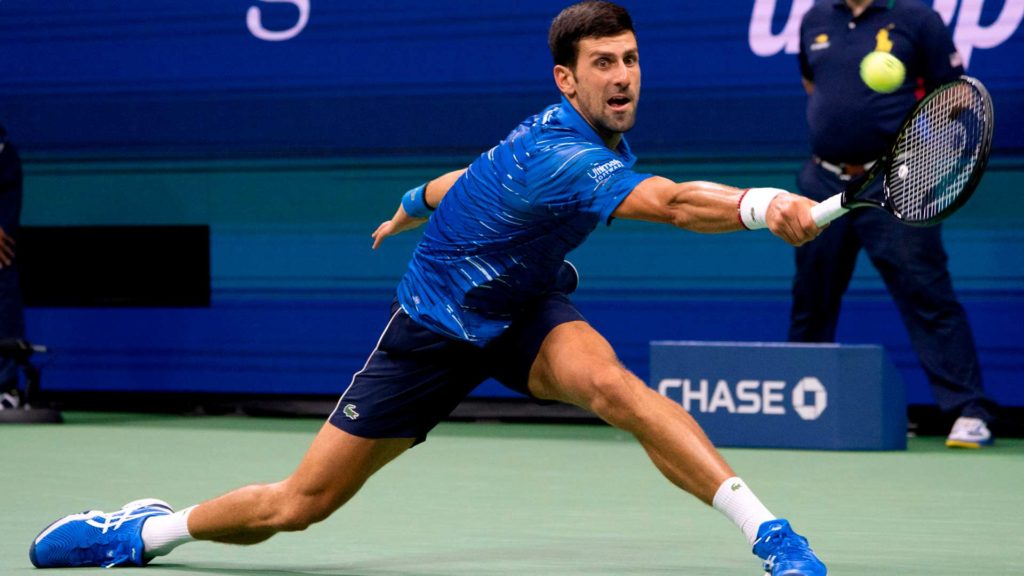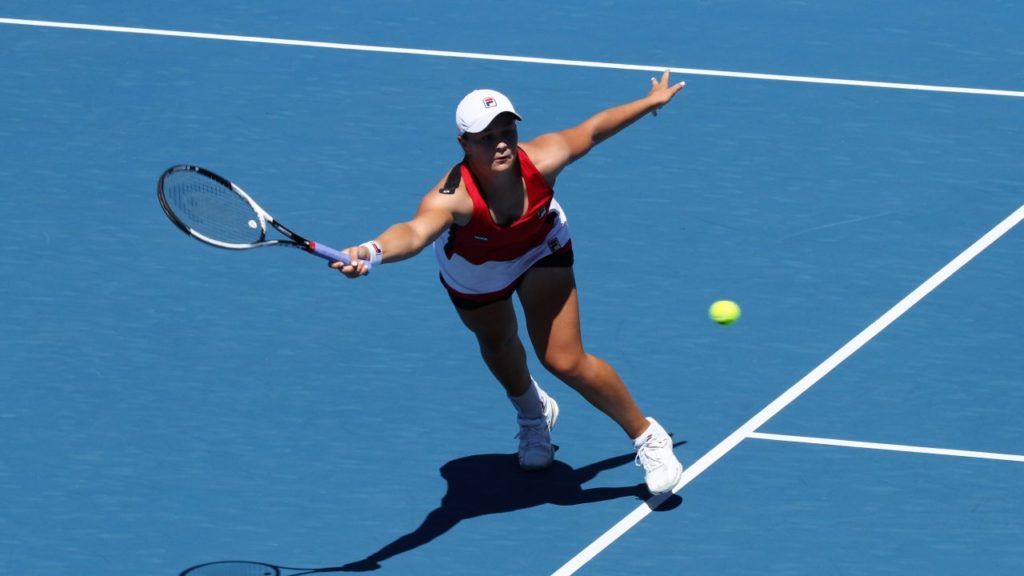Be honest, when you step on the tennis court to play singles, do you have an idea of how you’re going to win points? For a vast majority of players, tactical fundamentals are put at the back of the queue in terms of priorities. Walking on court and hoping for the best can lead to the good, the bad and the ugly occurring. In order to elevate your game to the next level, you should look to employ 3 key fundamental tactics during your matches.
1. Play Consistent Percentages

The most fundamental & often overlooked tactic in tennis is consistency. Hitting more balls in than your opponent is the simplest way to win points. Firstly, you need to recognise the difference between unforced errors and forced errors. Unforced errors are mistakes that are made with no discernible pressure from your opponent. On the other hand, forced errors are errors that occur directly from pressure applied by your opponent. In order to play consistently, you should look to reduce the numbers of unforced errors you make and increase the number of forced errors of your opponent. So you know you want to be consistent, but where should you aim and how should you hit the ball in order to be consistent?
2. Centre the Ball
This may sound like an oxymoron, but there IS such a thing as a GOOD error. I know, I know, hear me out. We often only look at errors in tennis as a bad thing, but errors can be a necessary bump in the road in order to pursue a worthwhile tactic. The best error you can make in tennis is hitting the ball long (past the baseline). When you centre the ball you are aiming for a very large part of the court, which increases your likelihood of making the shot. Your margins for error drastically decrease and it helps reduce the area and angles your opponent can hit into. Concentrating on hitting the ball down the centre with lots of height (1-2m over the net), topspin and power is going to help increase your consistency. Now that you’re being consistent, you will be able to build off this and implement a wider variety of shots based on your court position.
3. D-N-A (Defensive, Neutral and Attacking)
Deoxyribonucleic acid is a molecule composed of two chains that coil around each other to form a double helix carrying genetic instructions for the development, functioning, growth and reproduction of all known organisms and many viruses. Oh wait, sorry. Wrong DNA. Tennis DNA has to do with basing your shot selection on your court position. On the tennis court, you can find yourself in 3 likely scenarios.
Defensive:
(1m+ behind the baseline)
If you find yourself defending, try to adjust your shots to include more height and spin in order to give yourself more time to recover back to a neutral position on the court. The key to being a great defender is not playing too passive and not giving your opponent easy short balls. Keep the ball high and deep in order to keep your opponent at bay and try to claw back ground in order to get back to a neutral position in the court.
Neutral:
(On the baseline)
If you’re in a neutral position, try to incorporate the 2 tactics we spoke about before. Hitting high (1-2m over the net ) & powerful groundstrokes with lots of topspin will increase your consistency and can lead to a short ball, or even an error from your opponent. But what do you do with a short ball? See below.
Attacking:
(Inside the baseline)
Generally, if you find yourself with your feet set inside the baseline, and the incoming ball has landed around about the service line (or shorter) you should look to attack your opponent and move towards the net. But, everybody is different! Some of us move faster/slower than others. A great rule of thumb is to try to come in off a short ball that you feel you can follow in and get into a good volleying position (inside the service line). If you have come forward off a short ball and have been caught in a poor volleying position (too far back) then you may have attacked off the wrong ball. Try to approach down the line and move forward to the net through the line of the approach to yield the best results.

Stepping on the tennis court with these 3 key tactical fundamentals will help you win more points, more games, more sets and therefore – more matches. Vamos!
Reference: https://www.tennis.com.au/coaches/resources/tactics



